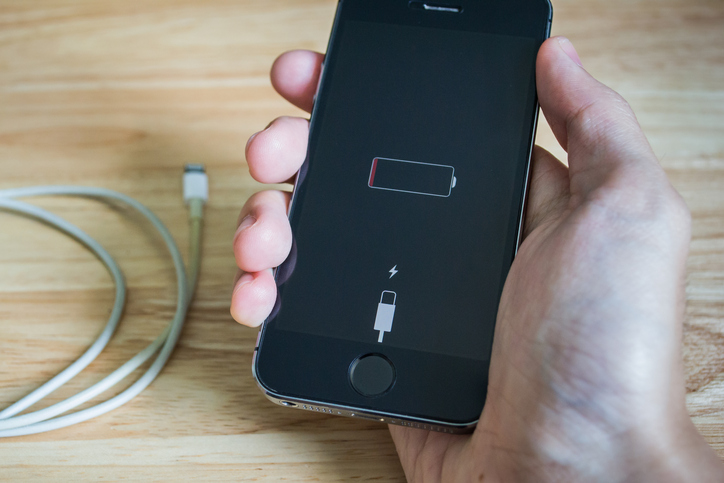 The development of the lithium-ion battery has helped enable the modern day electronics revolution, making possible everything from cellphones to laptops to electric vehicles and even grid-scale energy storage.
The development of the lithium-ion battery has helped enable the modern day electronics revolution, making possible everything from cellphones to laptops to electric vehicles and even grid-scale energy storage.
However, those batteries have limited lifespans. Battery expert Daniel P. Abraham is looking to address that.
“As your cellphone battery ages, you notice that you have to plug it in more often,” says Abraham, ECS member and scientist at Argonne National Laboratory. “Over a period of time, you are not able to store as much charge in the battery, and that is the process we call capacity fade.”
Abraham is a co-author of an open access paper recently published in the Journal of The Electrochemical Society, “Transition Metal Dissolution, Ion Migration, Electrocatalytic Reduction and Capacity Loss in Lithium-Ion Full Cells,” which addresses the question of why your battery doesn’t age well.
A majority of today’s electronic devices are powered by the lithium-ion battery. In order for the battery to store and release energy, lithium ions move back and forth between the positive and negative electrodes through an electrolyte. In theory, the ions could travel back and forth an infinite number of times, resulting in a battery that lasts forever.
But that’s not what happens in the batteries that power your laptops and your electric vehicles. According to Abraham, unwanted side reactions often occur as ions move between the electrodes, resulting in batteries that lose capacity over time.
(MORE: Check out our interview with Shirley Meng on the future of batteries.)
“In most battery cells that people are dealing with, the capacity fade occurs because of lithium loss in what we call the SEI, or the solid electrolyte interphase, of the negative electrode,” Abraham says.
The negative electrode of a typical lithium-ion battery cell contains graphite, which can be easily damaged by the electrolyte solvent. In order to keep the graphite electrode intact, researchers use chemicals to form and fortify the SEI.
“The SEI is like a filter,” Abraham continues. “It filters out the solvent molecules and only allows the lithium-ions to enter the graphite. But the SEI is both a boon and curse. It’s a boon because it allows the graphite to function. It’s a curse because it traps and immobilizes lithium ions.”
According to Abraham, the loss of these mobile lithium ions is the main cause of capacity fade. In his latest work, Abraham and his team delved even deeper into the phenomenon of capacity fade, finding that the cross-talk between the two electrodes can lead to increased lithium-ion trapping in the SEI.
“Over a period of time, some transition metal ions – especially manganese – cross over from the positive electrode and deposit onto the graphite negative electrode. “Essentially what we have are electrodes that are talking to each other,” Abraham explains. “The important question is: So what?”
The answer: more manganese in the graphite electrode means more immobilized lithium ions and, therefore, accelerated capacity fade. “In the article, we have proposed an electrocatalytic mechanism for this immobilization,” Abraham says.
(MORE: Listen to our podcast with the minds behind the development of the Li-ion battery.)
In order to address the performance degradation issues, Abraham and his team are looking to solutions, such as the use of electrolyte additives, to reduce the amount of manganese that leaves the positive electrode. His team is also looking at new electrode coating technologies to minimize the transition metal dissolution and deposition processes. The team is also looking to stabilize the SEI, developing new ways to cut down the capacity fade.
“Most of the focus, when it comes to batteries, has been on increasing energy density, but batteries also need longer lives,” Abraham adds. “It’s extremely important to solve these cell performance loss issues because then technologies, such as electric vehicles and grid-scale energy storage, can become more prevalent and viable.”

